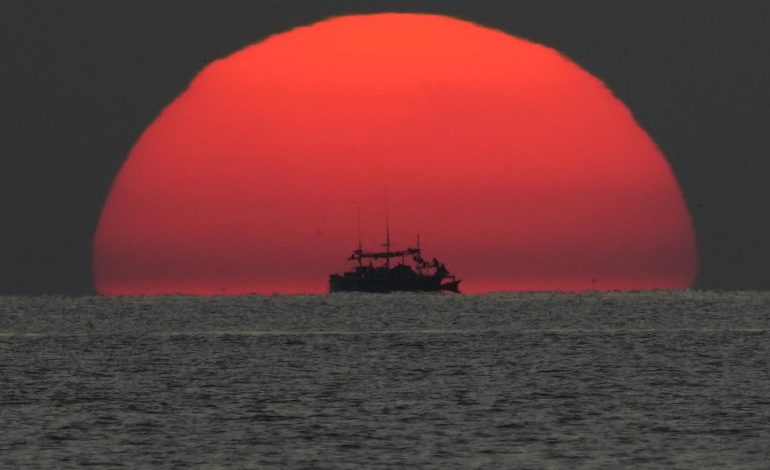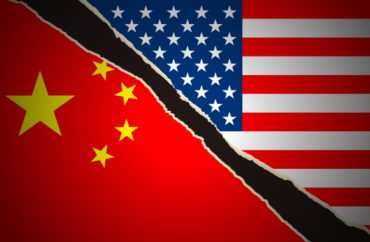
On board a Philippine patrol in contested South China Sea
By JIM GOMEZ, AARON FAVILA and JOEAL CALUPITAN
02 May 2023
ABOARD BRP MALABRIGO (AP) — When two Philippine coast guard vessels set out to patrol the volatile South China Sea recently, they had to face more than China’s growing territorial ambitions.
The patrols are a constant battle against sun, sea, stress and gnawing isolation. The Associated Press joined a recent voyage, which provided a glimpse of what it’s like for members of the Philippine coast guard to work on the front lines of multiple geopolitical conflicts in one of the world’s most fiercely contested seas.
The BRP Malabrigo and BRP Malapascua, Japanese-built 44-meter (144-foot) patrol ships, planned to make a circuit of disputed islands, islets and reefs claimed by the Philippines in the Spratly Islands, some occupied by Philippine garrisons and some by Chinese military installations.
China has rapidly built up its military presence in the area in recent years, pushing back other claimants like the Philippines and building artificial islands with airstrips and military garrisons. The rich fishing archipelago is believed to sit atop vast undersea deposits of oil and gas.
The Philippines dispatch regular patrols to assert their claims to the islands, spot encroachments, and resupply Filipino sailors stationed on the islands. Arrayed against far larger and more powerful fleets of Chinese coast guard vessels, navy warships and seaborne militias, the Philippine coast guard says its patrol vessels often face David and Goliath confrontations, especially near Beijing’s artificial island bases.
Life on patrol was a mix of hard work and claustrophobic leisure. It was often so hot that sailors got dizzy after a few minutes outside, so crewmembers spent most of the down time between their four-hour shifts in tiny, air conditioned cabins. When there was room in the mess hall, a few people might gather to watch a film or sing on the karaoke machine — a Filipino necessity. Some liked to take walks in the ship’s narrow passages.
The sailors, a mix of sunburned veterans and sprightly recruits, brought cellphones brimming with personal photographs and videos and games.
The two ships visited one or two destinations a day, working without interruption day and night. The easiest stops were at places occupied by Filipino forces, where the ships sent motor launches to deliver basic supplies like water, crude oil and cigarettes. At one, thirsty sailors offered dried fish in exchange for extra drinking water.
Visits to Chinese-controlled areas were harder. At one reef, the patrol encountered more than 100 small Chinese boats, suspected of belonging to the militia, anchored in groups. The Filipinos lowered launches and demanded the boats leave Philippine waters. The Chinese boats did not reply, or leave.
The patrol faced off with the Chinese Coast Guard at Chinese-occupied Subi Reef, and later at the Second Thomas Shoal, which is occupied by Filipino sailors on a beached, crumbling navy ship, surrounded by Chinese ships.
These encounters are tense, drawn-out affairs. Chinese coast guard and navy ships shadowed the patrol for more than an hour, and over the radio accused the Filipinos of intruding into what Beijing claims as its territorial waters and ordered them by radio to leave or face unspecified counter actions.


